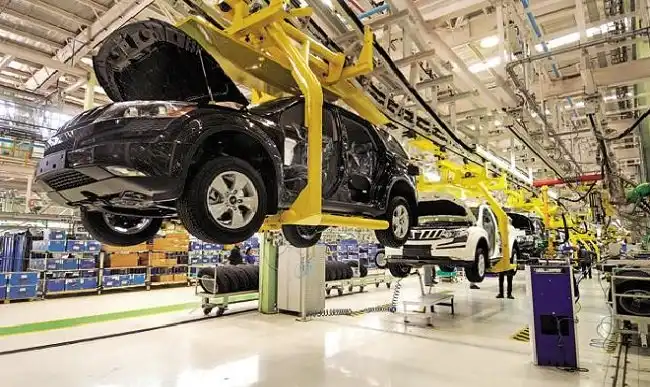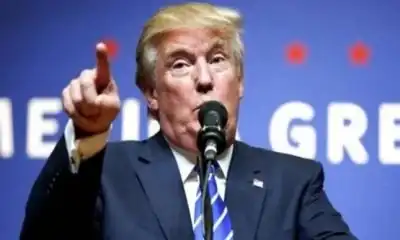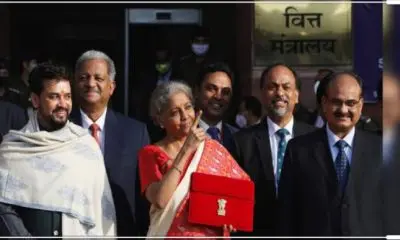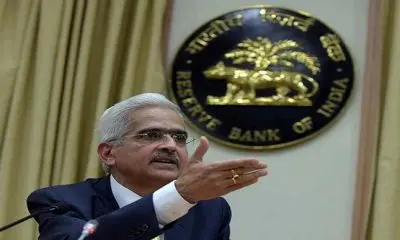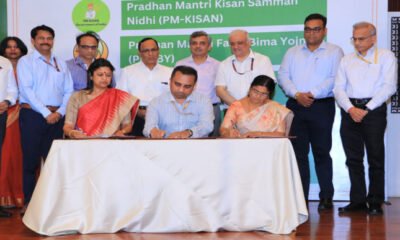Business
AUTOMOBILE SECTOR CRISIS
BY ISHIKA ARYA
The Automobile sector in India is under severe crisis after nearly a decade of high growth. The total two-wheeler sales declined by 22.24 percent in August 2109. The Society of Indian Automobile Manufacturers (SIAM) reported that sales of commercial vehicles fell by 38.71 percent in August 2019. Some reports suggest that up to 3.5 lakh automotive jobs in India have been cut since April 2019 and more than 200 dealerships have had to shut shop. These numbers are likely to go up as the downward trend continues. The decline can be credited to various factors. Slowing income growth and Non-banking financial companies (NBFC) crisis are the primary reasons for the current slowdown. The NBFC crisis led to a severe liquidity crunch, almost drying up credit for dealers and customers. Nearly, half the vehicles sold in rural markets are financed by NBFCs. With the liquidity crisis, loans are available at higher rates or not available at all. This has led to a reduction in demand, which has increased inventories. There has also been a sharp regulatory cost pressure on the customers. Over FY19-21, vehicle prices are estimated to jump by 13-30 percent due to safety, insurance and emission related compliance costs. For end customers, such a steep price hike can prove to be a hurdle in growth recovery. Meanwhile, growing competition from the pre-owned cars market is also pulling down the sales of new vehicles. Also,
Prevention of Damage to Public Property Act (PDPPA)
demonetization and GST affected unorganized sector initially which eventually is now affecting the organized sectors, therefore rural and urban purchase parity has gone down leading to overall economic activity slowdown. Another major reason is the introduction of BS-VI cars from April,2020. As per the supreme court ruling, post April 1,2020, only BS-VI cars would be sold. Prospective car buyers of current BS-IV cars are worried about resale value in future. Customers are holding decisions of buying car due to this confusion. A few years back Supreme Court had banned diesel powered vehicles with more than 2 litre engine. This sort of uncertainity further confuses prospective buyers. In India, tax on cars are exorbitantly high. This also acts as a deterrent to buying cars. Millennials are finding Ola/Uber and subscription model in fashion, hence owning a car is taking back seat.
The auto industry has been unable to arrest plunging sales inspite of new launches and offers and has been demanding immediate government intervention. Pointing out that the industry’s turnover is close to half pf the manufacturing GDP, accounting for about 11 percent of the GST revenues of the country, the auto sector is hoping that the government will come with a revival package. The industry’s demands a reduction in GST to 18 percent from the current rate of 28 percent , which will help in an immediate price reduction. It could kick-start demand in the short term. It should also provide clarity on policy for electric vehicles and introduction of vehicle scrappage, which will also boost demand for new vehicles. There is a provision of income tax benefit on interest paid on housing loan. A similar scheme on interest paid on car loan should be introduced. Government need to give confidence to banks about economic revival measure and at the same time push banks for higher lending. Lowering of interest rate will also help in gaining confidence of customers.


